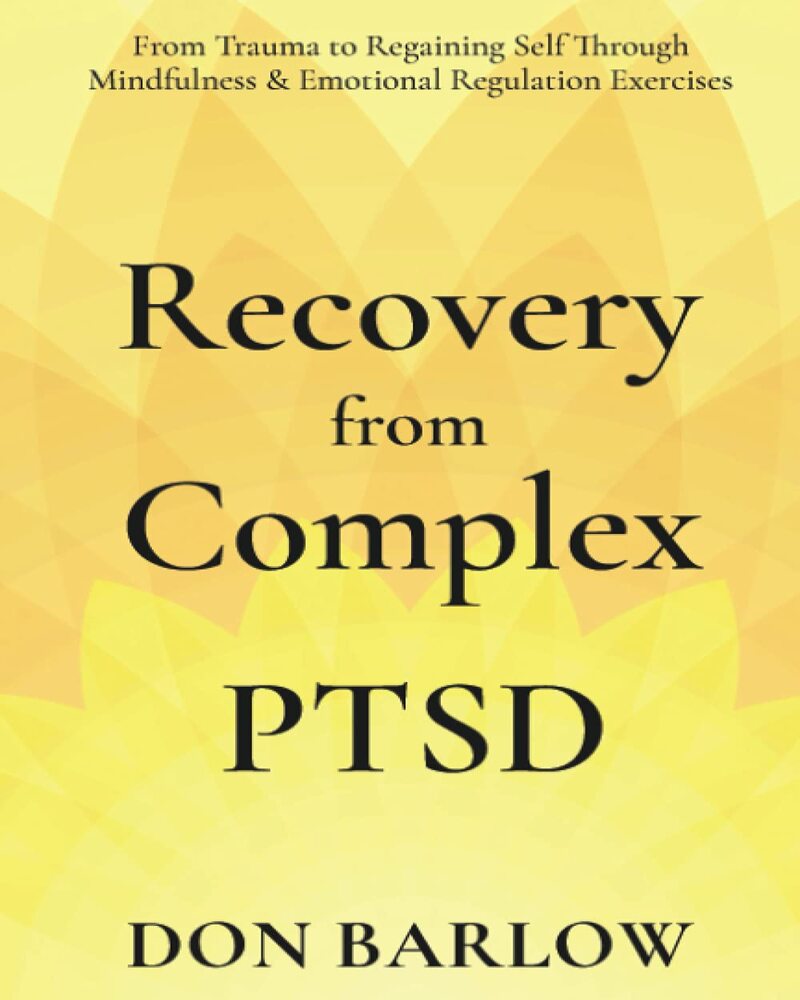
Oral rehabilitation is the art and science of restoring oral function and aesthetics after trauma or injury. It’s a multifaceted process encompassing a wide range of treatment options, all aimed at helping individuals regain their full oral health potential. Many individuals experience significant life disruptions due to oral injuries, such as accidents or diseases. This often results in pain, discomfort, and difficulty with everyday tasks. This comprehensive article delves into the nuanced world of oral rehabilitation, exploring the various restorative interventions and addressing the challenges associated with regaining oral function after traumatic experiences. We’ll outline the key stages, explore different treatment options, and highlight the importance of a patient-centered approach. This guide will walk you through the process from initial diagnosis to the final outcome, empowering you with the knowledge needed to understand and navigate this often complex journey.
Understanding the Impact of Trauma on Oral Function
Initial Assessment and Diagnosis
Oral trauma, whether from an accident, disease, or other severe injury, can significantly impair an individual’s ability to eat, speak, and smile. The severity of the impact depends on the extent of the damage and the individual’s overall health. A thorough initial assessment is crucial to pinpoint the extent of the injury and identify the most suitable treatment plan. Early diagnosis is essential for effective interventions, which often involve a multidisciplinary approach. This often includes specialists in dentistry, oral surgery, and even general medicine, based on the specific extent of damage. A proper diagnosis not only establishes the cause of the trauma but also helps to anticipate future complications and potential impacts on overall health. This process often includes X-rays, CT scans, and detailed interviews to gain a comprehensive understanding of the patient’s medical history and the nature of the injury.
Restorative Options for Oral Rehabilitation
Dental Implants
Dental implants are a significant advancement in restorative dentistry. They offer a long-term and durable solution for replacing missing teeth, and are a key component of oral rehabilitation. These titanium posts act as artificial tooth roots, providing a stable base for replacement teeth. The process typically involves careful planning to ensure optimal placement, preserving the surrounding bone structure. Dental implants not only restore function but can also significantly enhance a patient’s quality of life, which might be compromised by missing teeth and impaired oral function.
Crowns and Bridges
In cases of severe damage, crowns and bridges are valuable restorative options. Crowns completely cover damaged teeth, protecting them and restoring their natural shape and function. Bridges fill the gaps left by missing teeth, and maintain the integrity of the bite.
The Role of Oral Surgery
Surgical Interventions
Oral surgery plays a vital role in oral rehabilitation, particularly when the trauma has resulted in significant bone or soft tissue damage. Sometimes, reconstructive surgical procedures are necessary to address issues such as fractured jawbones, displaced teeth, or damage to the supporting structures of the teeth. These procedures are often carried out by specialized oral surgeons or maxillofacial surgeons. A skilled oral surgeon can diagnose, treat, and manage a variety of conditions, with the aim of restoring oral function and aesthetics. The approach usually hinges on meticulous planning and precise surgical technique to minimize complications. Successful surgical interventions are pivotal to achieving lasting results.
Managing Post-Trauma Complications
Addressing Pain and Discomfort
Trauma-related pain and discomfort can significantly impact the patient’s quality of life, often hindering the rehabilitation process. Addressing these symptoms with appropriate pain management strategies is vital. This might include medications, therapies, or a combination of both. Proper pain management should be integrated into the treatment plan from the outset, to help patients remain comfortable and engaged in the overall recovery process. This might include advice on managing inflammation, using ice packs or warm compresses, and relaxation techniques.
The Importance of a Patient-Centered Approach
Personalized Treatment Plans
Oral rehabilitation is a highly personalized experience. The treatment plan must take into account the patient’s individual needs, preferences, and circumstances, aiming for optimal outcomes. A thorough understanding of the patient’s physical and emotional well-being is paramount. This personalized approach ensures that the rehabilitation process is not only effective but also supportive and empowering.
json
[
{
"question": "What are the main steps in the oral rehabilitation process after trauma?",
"answer": "The oral rehabilitation process typically starts with a comprehensive evaluation to assess the extent of the damage. This includes gathering the patient's medical history, performing diagnostic tests like X-rays or CT scans, and examining the affected area. Based on the assessment, a personalized treatment plan is developed, which could involve various restorative procedures, like dental implants, crowns, or bridges. Post-treatment care, including follow-up appointments and home care instructions, is equally crucial for successful recovery and long-term oral health."
},
{
"question": "How long does the oral rehabilitation process take after an injury?",
"answer": "The duration of the oral rehabilitation process varies significantly depending on the nature and extent of the trauma. Simple injuries might heal in a few weeks, while more complex cases may take months or even years. Factors such as the complexity of the required procedures, the patient's overall health, and their compliance with the treatment plan will all influence the timeframe involved. A qualified dentist can provide a more precise estimate after a thorough evaluation."
}
]
In conclusion, oral rehabilitation is a multifaceted process that requires a collaborative approach between patients and dental professionals. Understanding the impact of trauma on oral function, along with the diverse range of restorative options available, is crucial for effective treatment. By prioritizing personalized care and addressing both the physical and psychological aspects of recovery, we can ensure optimal outcomes for patients undergoing oral rehabilitation. Schedule a consultation with a qualified dental professional today to embark on your journey toward regaining complete oral function and overall well-being after trauma.